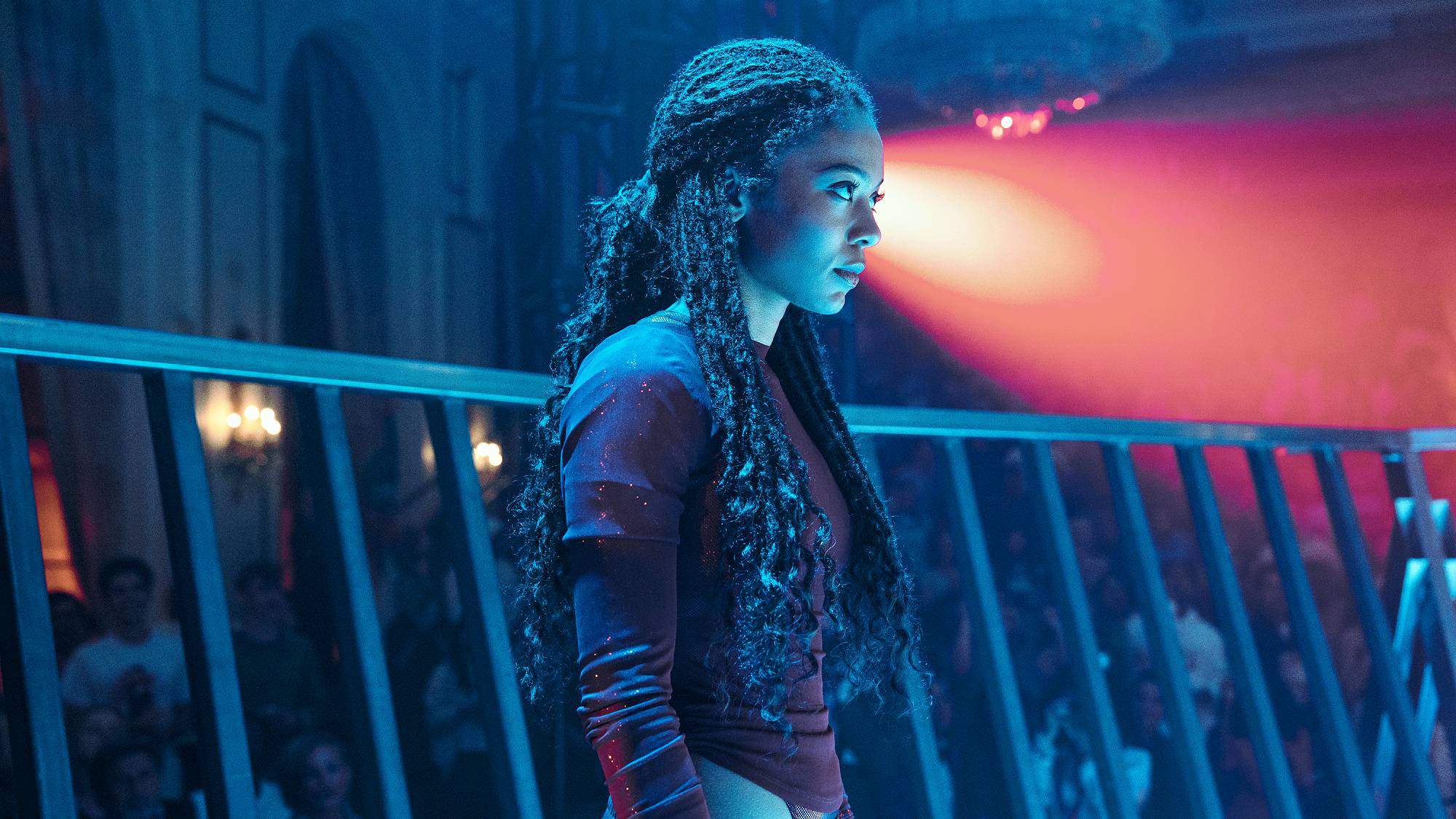What is Google Chromecast?
Google Chromecast plugs into your TV and grants easy access to multiple streaming services, from Netflix and YouTube to Google Play.
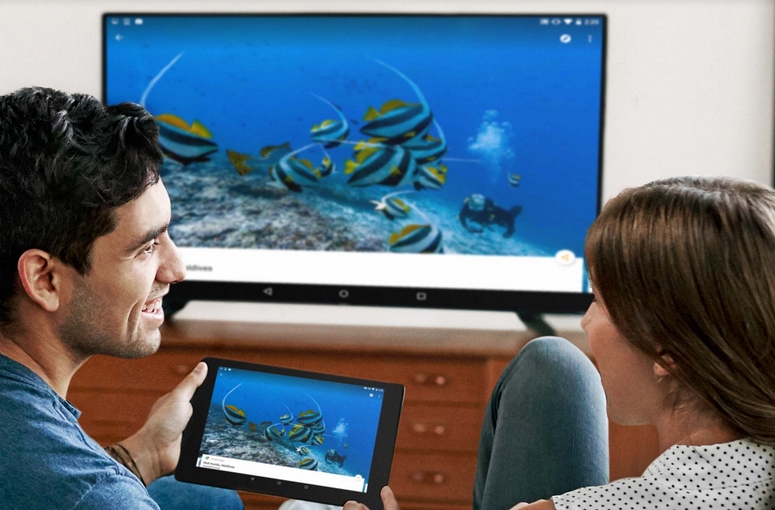
If you're asking 'what is Google Chromecast?' then the easy answer is "a streaming device that also lets you share a screen or video." The Chromecast makes it easy for you to beam movies, TV shows and other content to your big screen from your laptop, phone or tablet.
Check out our Chromecast with Google TV HD review to learn about the 1080p streamer, and our Chromecast with Google TV 4K review to learn about the UHD model. But pour one out for a legend, as Google just declared that the 2013 1st Gen Chromecast has reached the end of its life, and will no longer get software or security updates.
The Chromecast 4K is one of the best streaming devices available, due in part to that solid mix of functionality and convenience. No matter which Chromecast you get, you're on a fast path to streaming practically anything (that includes binge-watching the best shows on Netflix and streaming the rest of the best streaming services) on the biggest screen in your house.
Right now, the new Goole Chromecast is facing strong competition from all sides. In the similar-price region, you've got the Fire TV Stick 4K Max (check out our Chromecast vs Fire Stick face off to see how the platforms compare), and the Roku Streaming Stick 4K as compelling alternatives.
That said, the Onn 4K Google TV streaming box is here to challenge the Chromecast at a much cheaper price-point of $20.
Use this FAQ to get up to speed on the basic Google Chromecast functions and decide if it's right for you, and how to set up Google Chromecast too. If you think it's not got enough, we'd say that the Chromecast with Google TV is the upgrade that your streaming habits deserve. And if you do get one, then here’s the first thing every Chromecast with Google TV owner should do.
Latest Google Chromecast news (updated July 5)
- Google declared that the first ever Chromecast has reached the end of its life.
- Chromecast with Google TV's cluttered home screen is finally getting cleaned up.
- A new Android 13 update is reportedly including Chromecast in the output-switcher.
What is Google Chromecast?
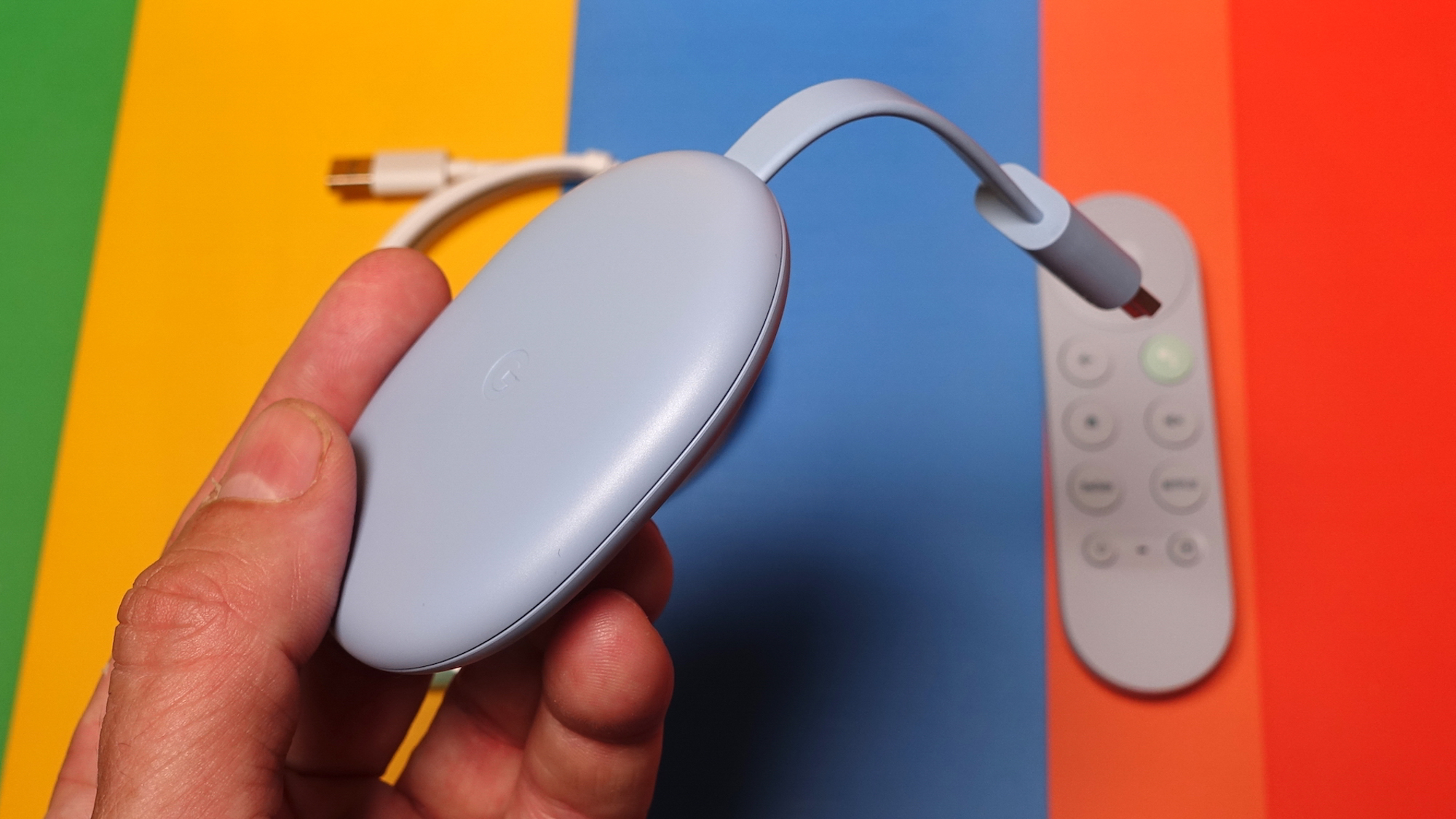
Chromecast is a device that you plug into your TV's HDMI port, powered by a USB cable (included). That said, Chromecast functionality isn't just in a dongle. It can be built right into a TV, and our list of the best TVs with Chromecast built-in can help you consolidate the number of items plugged into your TV's HDMI ports.
Get instant access to breaking news, the hottest reviews, great deals and helpful tips.
Using your smartphone or computer as a remote control, you can use Chromecast to access video content from Netflix, YouTube, Hulu, the Google Play Store and other services (Xfinity Stream just got Chromecast support). You can also use it to stream almost any kind of content from the Chrome browser on a laptop or desktop computer.
There are two current Google Chromecasts. We've already mentioned the 4K Chromecast with Google TV, but check out our 1080p Google Chromecast (3rd Generation) review to learn more about the more affordable entry-level model. You can cast an Oculus Quest 2 to your TV with either model.
Speaking of the older Chromecasts, a Dec. 12 update to Google's Chromecast firmware documentation shows that the company is still updating its first-gen Chromecast. That model's latest update (v. 1.36.159268) is a patch with "bug fixes and improvements."
Also, Chromecast support is baked right into plenty of apps you already stream from. Just look for an icon of a rectangle with curves in the bottom left corner. This is how the Cast icon appears in HBO Max in the top left corner:
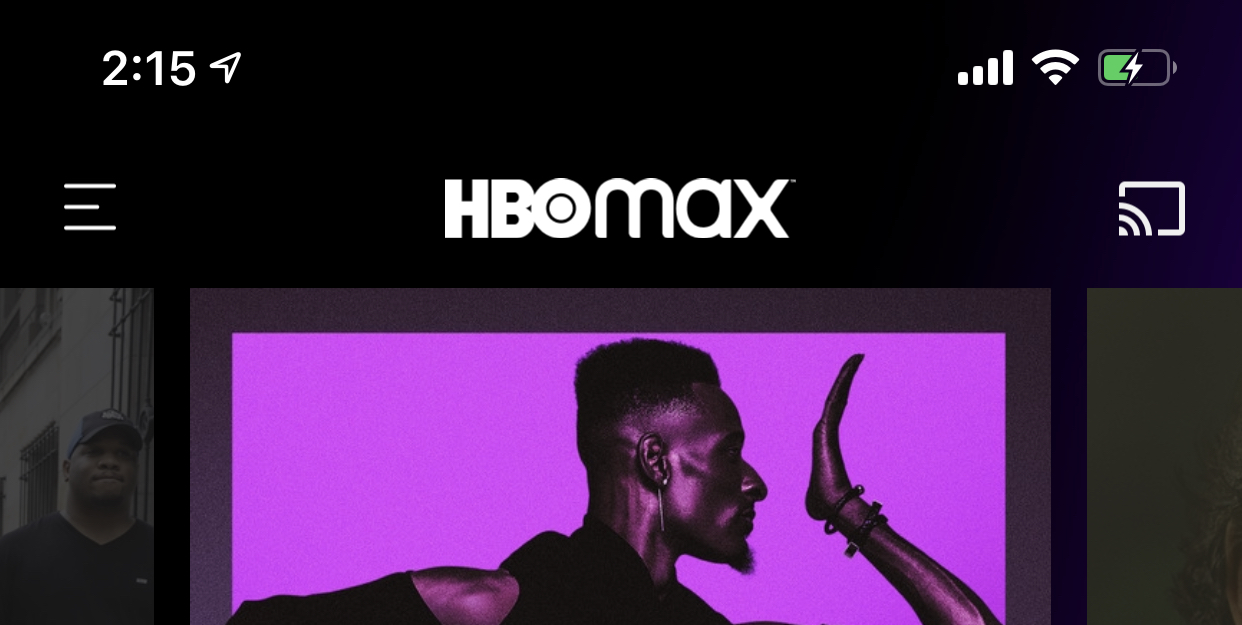
When you see that icon, you know that the app you're using can stream to the screen your Chromecast is connected to.
When you're not streaming anything in Chromecast, it simply posts beautiful desktop backgrounds, in its Ambient Mode. You might notice quality dip, though, and a lowered frequency in new art. Google announced that it's making these changes to reduce stress on bandwidth, prioritizing traffic for video calls and other more pressing content.
Chromecast technology is also a part of the Android TV operating system. And thanks to an update, users can now set the Chromecast app up for audio streaming in the background of Android TV. Read our TiVo Stream 4K review to learn about that Android TV streaming device.
What is the difference between Chromecast and the Chromecast with Google TV?
To put it simply: the newer Chromecast with Google TV added a remote and apps. Depending on who you talk to, this is a big "finally" moment. Power users have told us that they don't need a remote and apps, they just want to 'cast' to their TV. Inversely, the Chromecast with Google TV makes Google's streaming device a lot more like the Fire TV sticks and Rokus it's always competed with.
The biggest software difference is likely the interface, in that there is an interface. The Chromecast with Google TV has 10,000 Android TV apps (as of January 2023) for you to use, so you're not just relying on Chromecast support. While to some this user interface feels a bit cluttered, Google just cleaned up the Google TV interface to make it much more user-friendly.
Oh, and the Chromecast with Google TV is also getting software updates, which it appears that the other Chromecasts are not. Thanks to these updates, the Chromecast with Google TV now has delivered storage optimizations (which should give users more storage space), and improvements for Dolby Vision, HDR HLG and DRM-protected video.
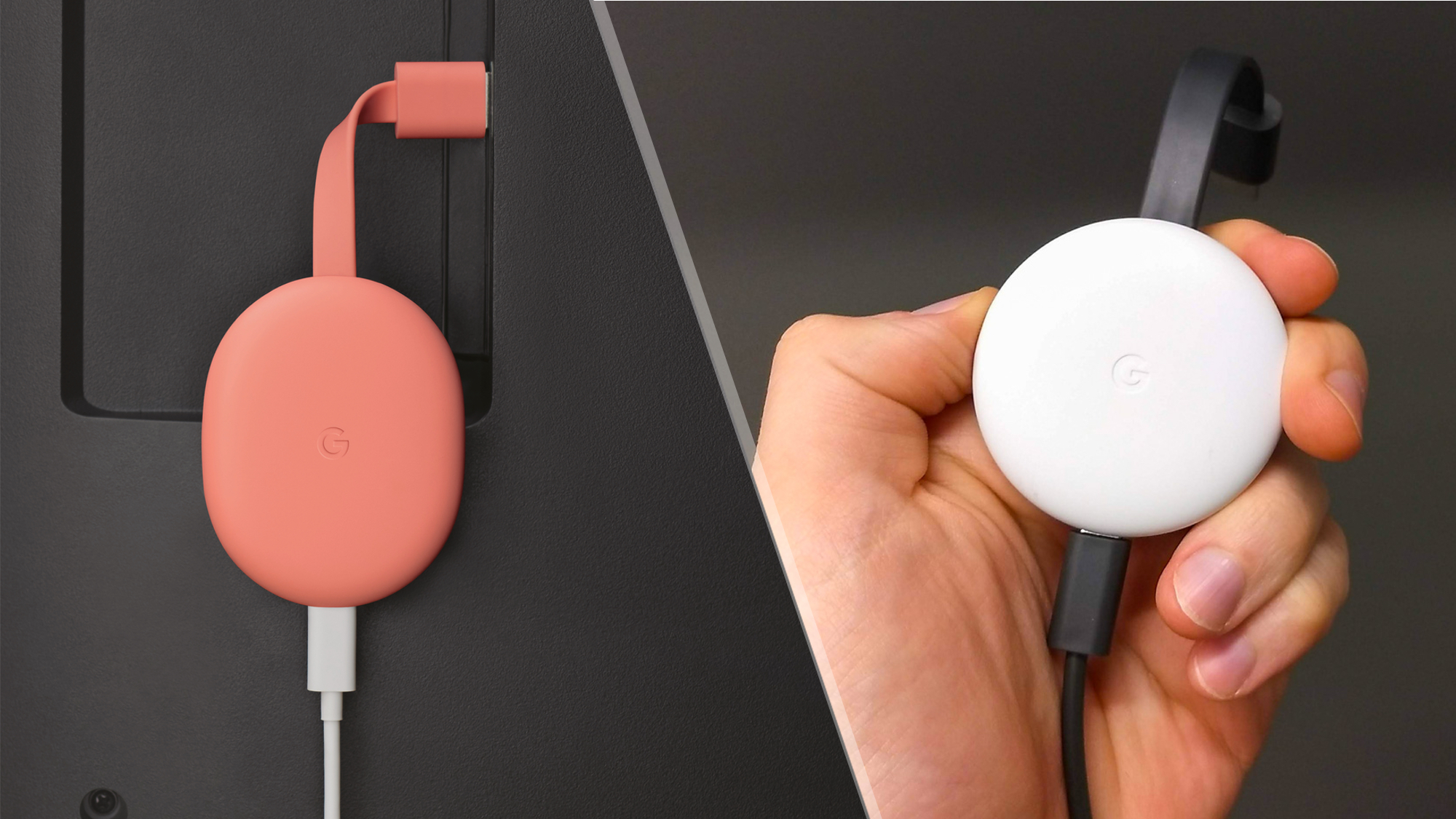
Also, there's a full remote for controlling your stream, so you can put down your phone and pay attention to what's on your TV.
The Chromecast with Google TV (4K) offers 4K video quality, with Dolby Vision, HDR10 and HDR10+, while the original Chromecast 3rd Gen tops out at 1080p. The new Chromecast with Google TV (HD) offers 1080p video, and Dolby Vision, HDR10 and HDR10+.
For all the other differences, check out our Chromecast with Google TV vs Chromecast face-off.
What is the difference between Chromecast and Chromecast Ultra?
Google no longer sells the Chromecast Ultra, which was priced at $70 and can broadcast content at up to 4K resolutions with HDR color technology.
In terms of channel selection and overall functionality, the two devices are identical. It's worth noting, though, that the Chromecast Ultra has a built-in port for an Ethernet cable, but also requires an external power source, rather than a USB connection built into your TV. You can also see how the Chromecast Ultra stands up to its competition in our Chromecast vs Fire TV vs Roku face-off.
Is there a Google Chromecast remote?
That used to be a really easy question. We'd just reply with a "no." Times, though, have changed.
The Chromecast with Google TV packs its own remote, which can also control your TV's volume, power and inputs. The addition of a remote makes a ton of sense to folks like myself, who think a remote and TV-watching go together like Leslie Knope and Ben Wyatt. Why would people want a remote? Personally, I'm always fighting the impulse to use my phone as I watch TV, as it's a big distraction from what I'm trying to watch.
Of course, the new Chromecast doesn't need to be used with its remote if you'd prefer to declutter and keep things simple.
How does Google Chromecast work?
While it might appear that you're sending the video from your device to the Chromecast, most of the time it's doing something more simple. Your connected device is merely telling your Chromecast what you want to play, and then the Chromecast will stream that media, using its own connection to the internet.
Of course, you can also use a Chromecast to mirror your phone, tablet or laptop's screen on your TV. This requires a lot more active intent, as your device cannot be put to sleep or unlocked, without the feed going down. Oh, and if your Chromecast is getting an update right now, get excited. The Chromecast will finally remember your volume settings, and the Google Home app is becoming a better virtual remote control.
Where's the Google Chromecast app?
Practically everything has an app, but there isn't a dedicated Google Chromecast app. Instead, you'll use Google Home (Google Play, iOS) app, where you have controls for your active Chromecast streams.
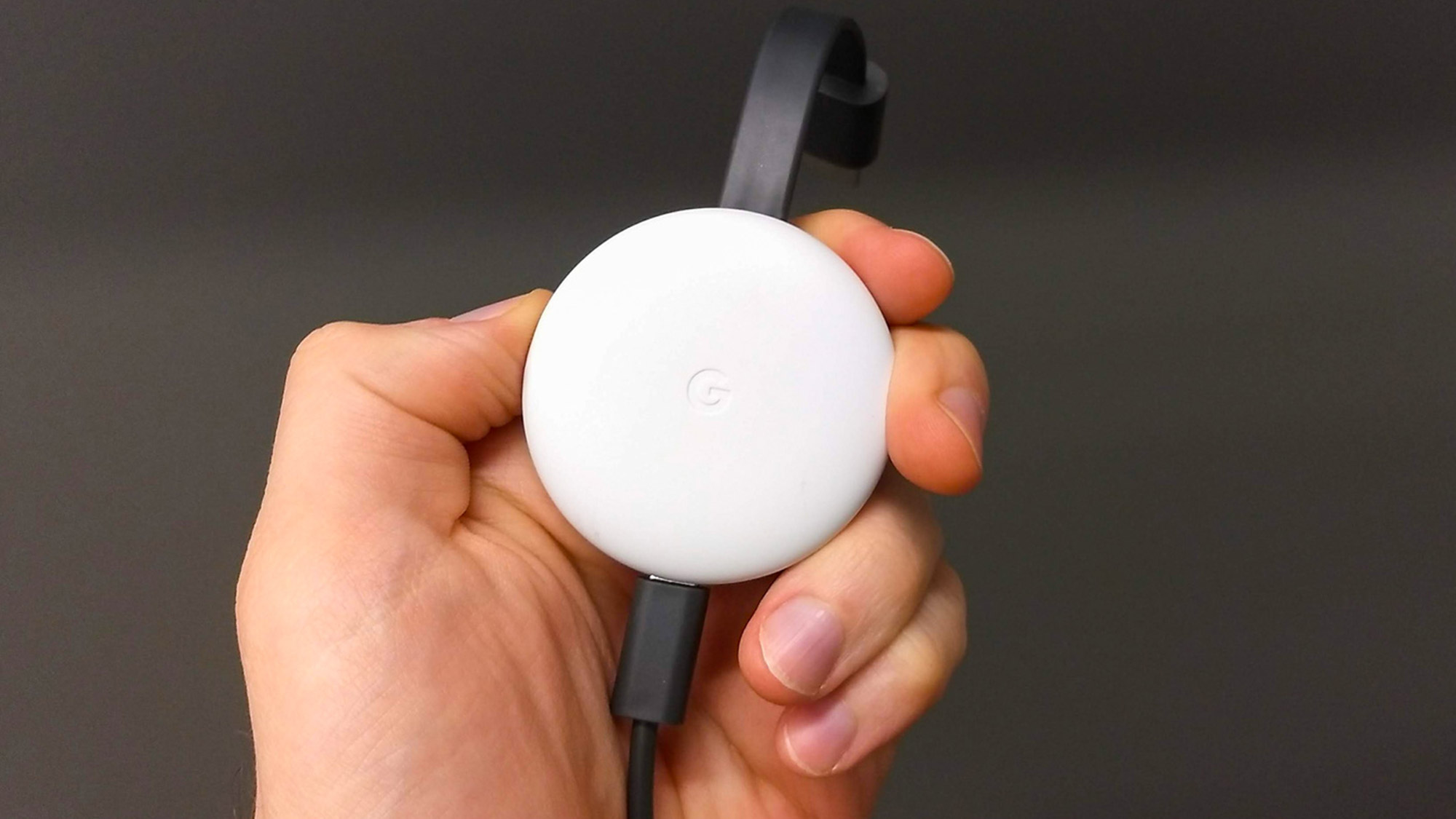
The Google Home widgets on both platforms are valuable for easy access to the controls you need for pausing and fast forwarding, though scanning through long movies and events can be very hard when you're tapping the on-screen progress bar.
Where is the Google Chromecast extension?
I spent way too much time looking for a Chromecast extension, but you don't need to download anything new to get Chrome to work with Chromecast.
If you don't see a Chromecast button in the menu bar, just click the three dots button in the top corner, and select Cast. Then, you can see the available devices to send video to your TV.
To keep the button there, right click on the Cast logo and select Always show icon.
What can I watch on Google Chromecast?
Chromecast has access to video and audio content from many services. Google keeps track of many of these on its official site, although there is no comprehensive list. Ever since Google released the software development kit for Chromecast, new apps have been springing up frequently, so keep an eye out for more apps.
On top of that, the Chromecast with Google TV opens your streaming experience up to the more-than-10,000 Android TV apps. It's why it's not just one of the best wireless screen-mirroring devices anymore.
We just learned that the Chromecast with Google TV will soon finally get an Apple TV app, in addition to the likes of HBO Max, Netflix and many more.
Can I control Google Chromecast with my voice?
Yes. Previously, you needed to route your Chromecast commands through a Google Home device, but now, you can give vocal commands directly through Google Assistant.
If you get the Chromecast with Google TV, its remote has a Google Assistant button, making it all the easier to activate.
Google has complete Chromecast setup instructions, but the functionality is pretty self-explanatory. Simply connect your Chromecast and your phone to the same network, and you can cast music and videos to your TV with just a few words.
Can I travel with a Chromecast?
Due to its small size and easy setup, the Chromecast may seem like a boon for frequent travelers. However, Chromecast does not support captive portals — networks that require browser-based logins. As such, the Chromecast is not terribly useful in most hotels and universities. Still, if you do take your Chromecast with you and find a Wi-Fi network without a captive portal, changing the login details is not too difficult.
Are there any Chromecast alternatives?
Yes, but it depends how much you're willing to spend. At $49, a Roku Streaming Stick 4K will also allow you to stream content to your TV, with a more minimal and straightforward interface. We think it's the best streaming device for most people.
An Apple TV 4K starts at $129 and functions much like a Roku box, but can also stream content (like games) from your iPhone or iPad to your TV. You could also stream content through a video game console such as the PS5 or Xbox Series S but these devices cost hundreds of dollars.
How to clear storage on your Chromecast with Google TV
Run out of space for apps? Well, here's a fix. Open Settings, select System and select storage. Then, go to Free up storage, and you'll get options to clear your device's cache and remove apps you're not using.
For more Google-related tips, tricks, and how-tos, check out our complete guide to Google Assistant.

Henry was a managing editor at Tom’s Guide covering streaming media, laptops and all things Apple, reviewing devices and services for the past seven years. Prior to joining Tom's Guide, he reviewed software and hardware for TechRadar Pro, and interviewed artists for Patek Philippe International Magazine. He's also covered the wild world of professional wrestling for Cageside Seats, interviewing athletes and other industry veterans.
-
Mark Spoonauer Archived comments are found here: http://www.tomsguide.com/forum/id-1824104/google-chromecast.htmlReply -
ruffone89048 Hello. I just found your article. I do have a question. Can I add apps to the Chromecast, like TerrariumTV since I do not have a subscription to sites like Netflix and Hulu? Please let me know. Thanks.Reply -
americanaudiophile I think you will need an android OS streamer to side load the app on. It's not available from the app store because it isn't legal.Reply
https://www.tomsguide.com/us/what-is-terrarium-tv,news-27305.html
